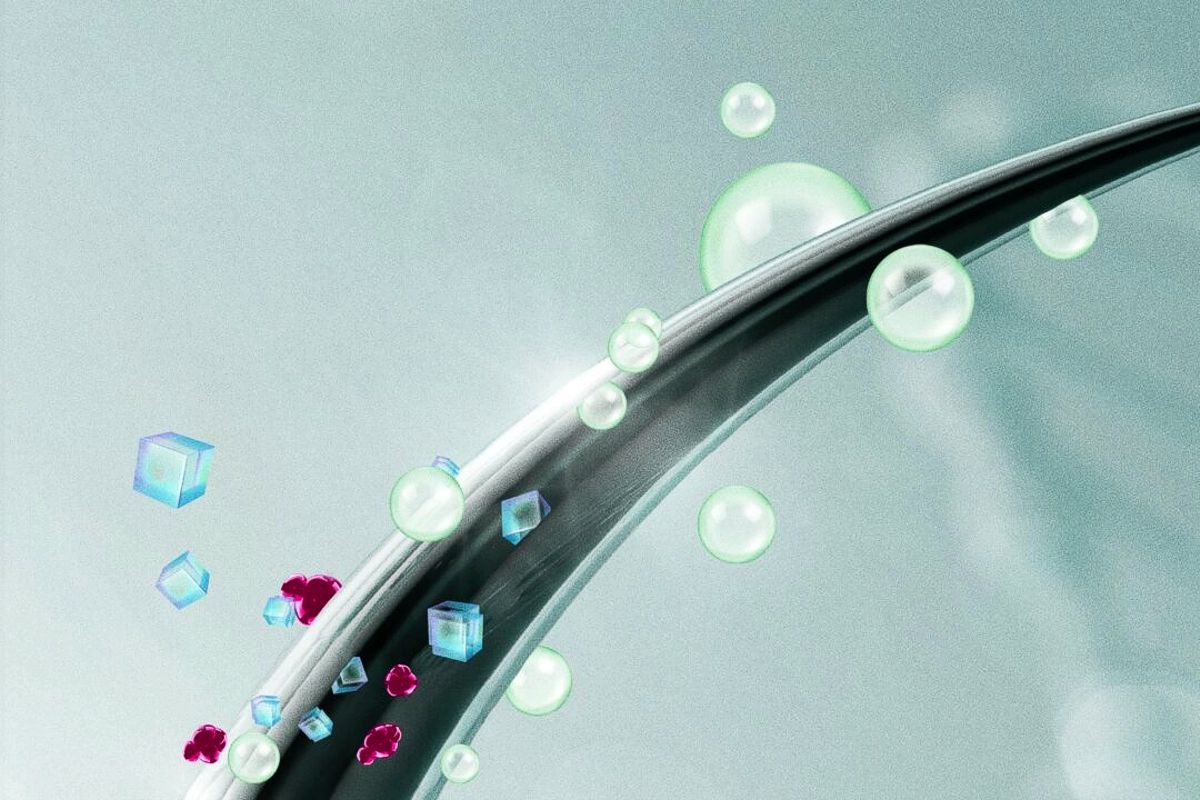Experts warn testing is not yet standardized enough for reliable health screening.
When we think about health diagnostics, blood tests and medical scans often come to mind. Yet an often-overlooked window into our well-being lies right on our heads—our hair.
Beyond its aesthetic appeal, hair can serve as a biological archive, capturing a wealth of information about our body’s internal state.
Your hair may hold secrets about your health—including traces of stress hormones, nutritional gaps, and even heavy metal exposure locked within each strand like rings in a tree. It’s a premise that’s driving direct-to-consumer companies to market hair analysis tests. However, medical experts say the science behind them isn’t ready for widespread use.
“Hair tests can be accurate, if they are handled appropriately,” Dr. Joshua Nogar, director of the division of medical toxicology at Northwell Health in New York, told The Epoch Times. However, he added that many factors can affect hair test results, and there still isn’t enough data to interpret them reliably.
Researchers continue to explore hair’s potential as a diagnostic tool, and recent advances in hair analysis have opened new avenues for understanding how factors such as stress, nutrition, and substance use might influence overall health.
The Science of Hair as a Biological Record
Hair grows approximately half an inch per month, incorporating nutrients, toxins, and biochemical markers from the bloodstream as it develops. Because hair is metabolically inert once formed, these substances remain locked within the hair shaft, offering a chronological record of physiological changes over time.
Unlike blood or urine tests, which provide a snapshot, hair analysis reflects longer-term exposure and status.
However, since hair takes time to grow, it is less suitable for detecting recent exposures. Nogar noted that it takes approximately one week for drugs, drug metabolites, or chemicals to become incorporated into hair follicles. “Hair testing cannot detect very recent exposures to drugs and chemicals,” he said.
There is no specific maximum detection period, as it mainly depends on the length of the hair sample being analyzed, Nogar added. For example, certain drug exposures or nutritional deficiencies that occurred over a year ago may still be detectable a year later, provided that the strand of hair containing that information has not been cut.
“Depending on the substance being evaluated, hair may be useful for chronic exposures or other long-term issues or trends,” Alex Lebeau, a toxicologist, certified industrial hygienist, and owner of Exposure Assessment Consulting, LLC, in Orlando, Florida, told The Epoch Times.








